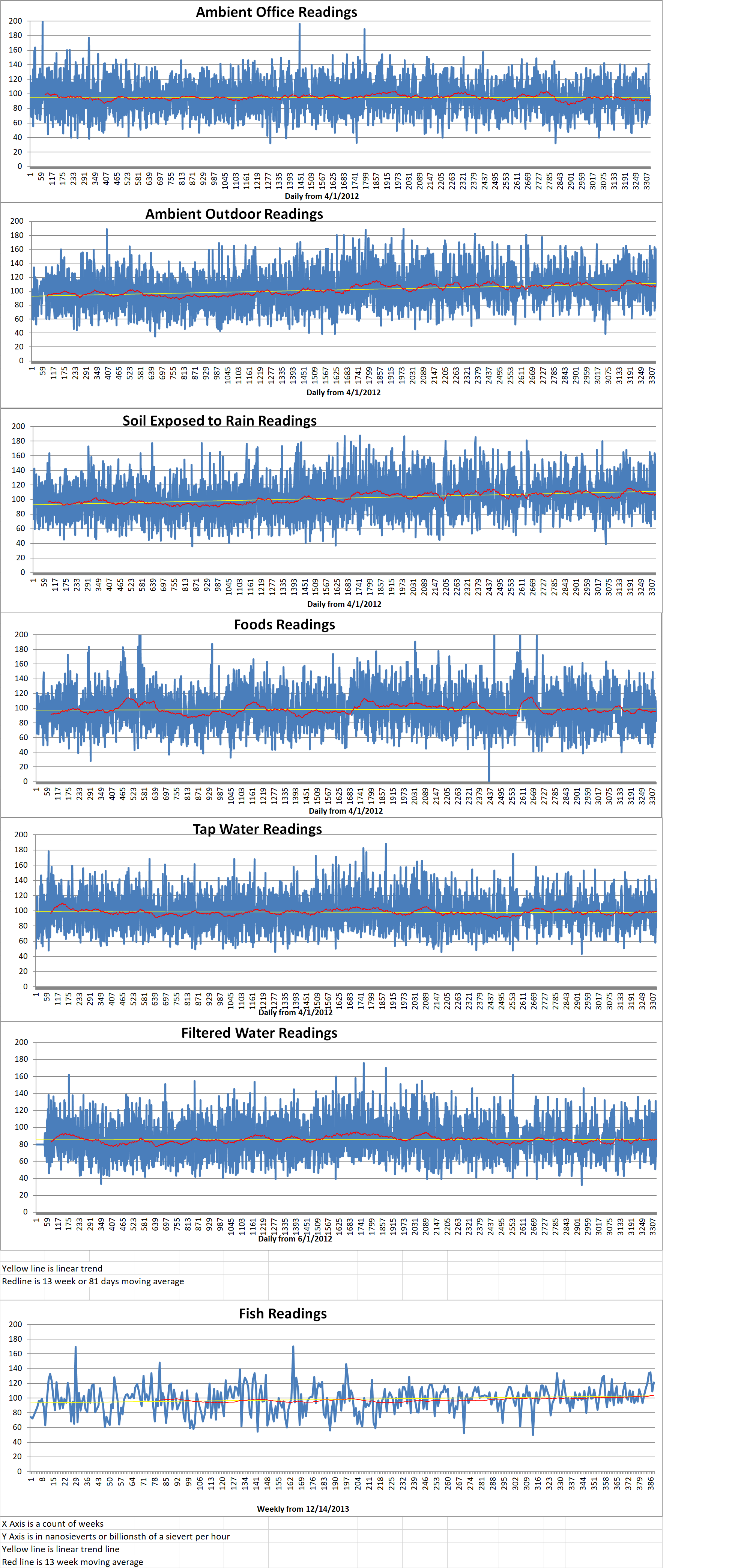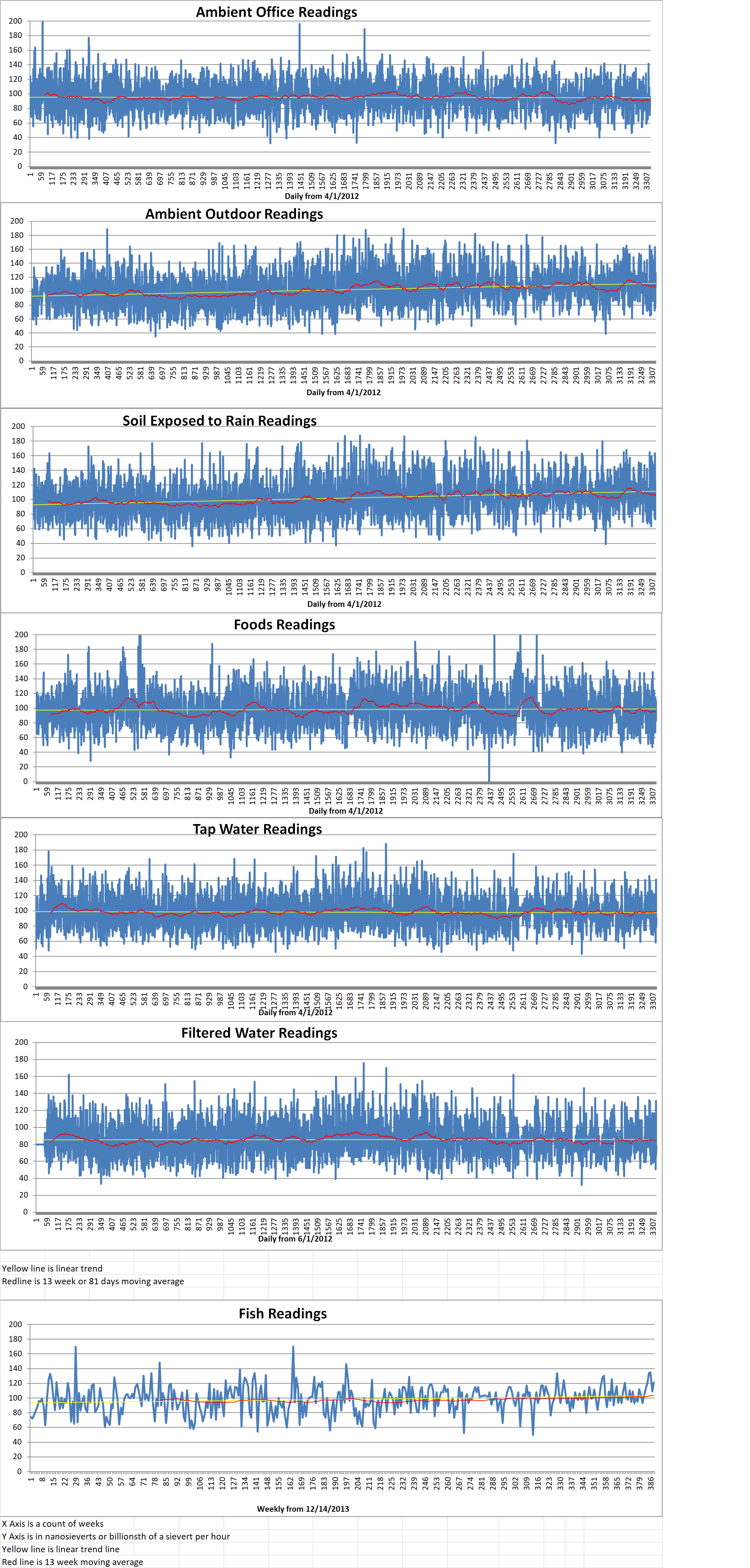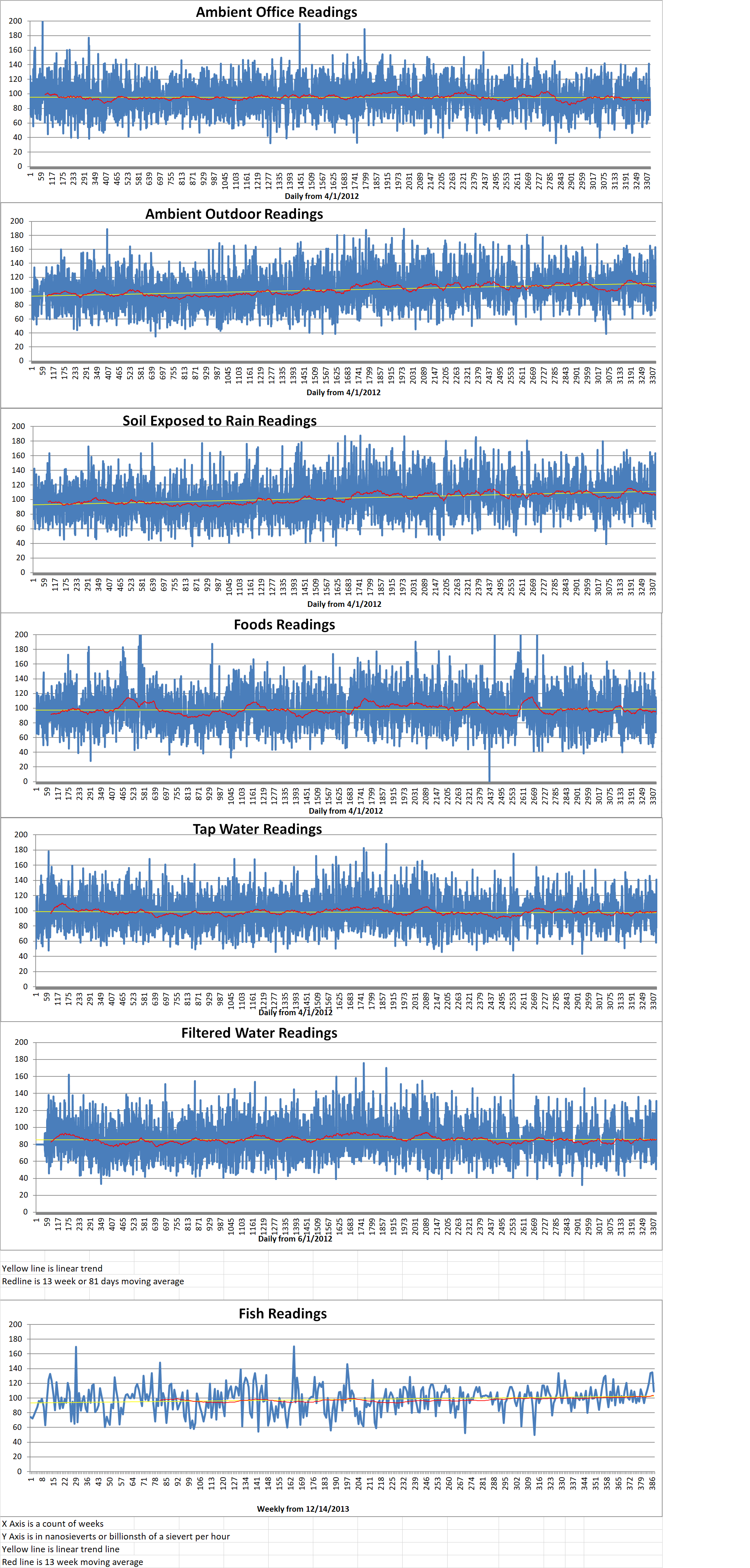Part 1 of 2 Parts
Commercial nuclear fission power reactors have operated safely for the most part during the last seventy years. However, they are still prone to severe accidents or production losses caused by human errors. Virtual reality (VR) makes it possible to create realistic and immersive training environments relating to nuclear power plants in order to train operators on how to perform critical tasks safely. VR training enables operators to practice various situation in a virtual site including such things as emergency evacuation, plant operation, fuel handling, leaks and fires. Because the simulated environment feels extremely realistic, it creates a highly realistic experience to teach the right response in difficult situations.
Turbine generators must have periodic inspections and maintenance. However, carrying out hands-on training in maintenance of the turbines and engines in a nuclear plant can be a challenge because of the time required, the risks and the costs involved. VR makes it possible to train maintenance engineers in a more engaging and safer manner without the problems of finding the actual equipment to use during training. From assembly to dismantling of turbines, through repair, a virtual environment assists technician to go through various steps of training and see all the part working together before they do it in a real reactor.
Operators must be properly trained to handle critical functions in the control room of a nuclear power plant. VR has been proven to be an effective and efficient training tool. In order to enhance users’ understanding of nuclear fission reactor principles, a VR system based on a simulator can be developed to interface with possible scenarios in nuclear power plants. With VR, a nuclear power plant can supply an immersive training experience to its operators without affecting the safety of the power plant. Utilizing VR, owners of a power plant can simulate everything from basic operations to emergency situations, with real-life stress factors to make training very realistic.
Entrance to a commercial nuclear power plant is restricted and not usually open to young engineers or visitors. VR permits engineers to perform the activities inside the plant, freely navigating it to develop a better understanding of the orientation of the plant without compromising safety. Virtual tours of commercial nuclear power plants allow visitors to experience the control room, dive down into the reactor or go to the turbine hall and switch yard.
Providing training for the decommissioning of commercial nuclear power plants is a lengthy process. VR gives workers a sense of what it is like in the reactors in reality. It is able to serve a critical role in training teams to decommission the reactors. VR training can assist nuclear power plant workers at decommissioning sites by familiarizing them with the relevant steps required in a safe and controlled environment. Training in highly realistic environments can help prevent accidents. Utilizing VR for decommissioning training is also very cost effect because operators would need disposable protective gear for physical training. Such equipment can be very expensive. In some countries, decommissioning authorities have also started to use VR-powered decommissioning solutions because robots can work faster and are unaffected by continuous exposure to radioactive elements.
Please read Part 2 next
Blog
-

Nuclear Reactors 936 – Virtual Reality Is An Excellent Training Tool For Nuclear Power Plant Operators – Part 1 of 2 Part
-
Nuclear News Roundup Aug 09, 2021
New Iran president calls Macron about stalled nuclear talks news.yahoo.com
Rusatom Overseas has been licensed as competent to construct Russia’s first SMR power plant on land. Two RITM-200 reactors are scheduled to operate in the Russian Arctic town of Usk-Kuyga from 2028. World-nulear-news.org
US NRC discontinues work on reprocessing regulation World-nulear-news.org
Cavendish to supply Hinkley Point A waste facility World-nulear-news.org
-

Geiger Readings for Aug 09, 2021
Ambient office = 97 nanosieverts per hour
Ambient outside = 160 nanosieverts per hour
Soil exposed to rain water = 157 nanosieverts per hour
English cucumber from Central Market = 87 nanosieverts per hour
Tap water = 129 nanosieverts per hour
Filter water = 119 nanosieverts per hour
-
Nuclear News Roundup Aug 08, 2021
Nagasaki nuclear attack remembered taipeitimes.com
IAEA to Host Nuclear Energy Events in the Run Up to the Pre-COP26 Climate Meeting iaea.org
Emergency exercises set for Point Beach Nuclear Plan fox11online.com
Plutonium Pits Are a Critical Obstacle in U.S. Nuclear Plans foreignpolicy.com
-

Geiger Readings for Aug 08, 2021
Ambient office = 95 nanosieverts per hour
Ambient outside = 126 nanosieverts per hour
Soil exposed to rain water = 125 nanosieverts per hour
Tomato from Central Market = 96 nanosieverts per hour
Tap water = 87 nanosieverts per hour
Filter water = 78 nanosieverts per hour
-
Nuclear News Roundup Aug 07, 2021
France’s Macron calls on Iran again to return to nuclear talks jpost.com
Three Mile Island Nuclear Plant Demolition Delayed wkok.com
Lyman hosts presentations on anti-nuclear sailboat Golden Rule hawaiitribune-hearld.com
Joyce: ‘Closing our nuclear plants is something our communities cannot afford or survive’ thesouthlandjournal.com
-

Geiger Readings for Aug 07, 2021
Ambient office = 93 nanosieverts per hour
Ambient outside = 108 nanosieverts per hour
Soil exposed to rain water = 110 nanosieverts per hour
Blueberry from Central Market = 83 nanosieverts per hour
Tap water = 91 nanosieverts per hour
Filter water = 78 nanosieverts per hour
Dover sole – Caught in USA = 121 nanosieverts per hour
-

Nuclear Fusion 144 – Runaway Electrons Destabilize Fusion Reactors
One of the major challenges for researchers working on the development of fusion power is preventing what are called runaway electron which are particles that are generated during fusion. They can disrupt fusion experiments by boring holes in the walls of tokamaks. Scientists led by researchers at the U.S. Department of Energy’s (DOE) Princeton Plasma Physics Laboratory (PPPL) have developed a novel diagnostic with wide-ranging capabilities to detect the appearance and the linear and exponential growth phase of high-energy runaway electrons. This may allow researchers to determine how to prevent electron damage.
Luis Delgado-Aparicio is a physicist at PPPL. He led the experiments that detected the early runaway electrons on the Madison Symmetric Torus (MST) at the University of Wisconsin-Madison. He said, “We need to see these electrons at their initial energy rather than when they are fully grown and moving at near the speed of light. The next step is to optimize ways to stop them before the runaway electron population can grow into an avalanche.” Delgado-Aparicio is the lead author of a first paper that details the findings of the research team in the Review of Scientific Instruments.
Fusion reactions generate huge amounts of energy by combining light elements in the form of a plasma which is the hot, charges state of matter composed of free electrons and atomic nuclei that makes up ninety nine percent of the visible universe. Researchers all over the world are trying to produce and control nuclear fusion on Earth to generate a virtually inexhaustible supply of safe and clean power for generating electricity.
PPPL collaborated with the University of Wisconsin to install a multi-energy pinhole camera on MST which served as a testbed for the camera’s capabilities. The diagnostic upgrades and redesigns a camera that PPPL had previously installed on the now-closed Alcator C-Mod tokamak at the Massachusetts Institute of Technology (MIT). It is unique in its ability to record not only the properties of the plasma in time and space but in its energy distribution as well.
That ability allows researchers to characterize both the evolution of the superhot plasma as well as the birth of runaway electrons which begins at low energy. Delgado-Aparicio said, “If we understand the energy content I can tell you what is the density and temperature of the background plasma as well as the amount of runaway electrons. So by adding this new energy variable we can find out several quantities of the plasma and use it as a diagnostic.”
Use of the novel camera moves fusion technology forward. Carey Forest is a physicist and a University of Wisconsin professor who oversees the MST. He describes it as “a very robust machine that can produce runaway electrons that don’t endanger its operation.”
Forest said, “Luis’s ability to diagnose not only the birth location and initial linear growth phase of the electrons as they are accelerated, and then to follow how they are transported from the outside in, is fascinating. Comparing his diagnosis to modeling will be the next step and of course a better understanding may lead to new mitigation techniques in the future.”
Delgado-Aparicio is already looking ahead. He said, “I want to take all the expertise that we have developed on MST and apply it to a large tokamak.” Two post-doctoral researchers who Delgado-Aparicio oversees can build on the MST finding but will do so at the Tungsten (W) Environment in Steady-state Tokamak (WEST) operated by the French Alternative Energies and Atomic Energy Commission (CEA) in Cadarache, France.
Delgado-Aparicio said, “What I want to do with my post-docs is to use cameras for a lot of different things including particle transport, confinement, radio-frequency heating and also this new twist, the diagnosis and study of runaway electrons. We basically would like to figure out how to give the electrons a soft landing, and that could be a very safe way to deal with them.”
Two dozen researchers participated in the research with Delgado-Aparicio and also co-authored the paper about this research. This group included seven physicists from the PPPL and eight from the University of Wisconsin. Three researchers from the University of Tokyo, Kyushi University and the National Institutes for Quantum and Radiological Science and Technology in Japan participated as did five members of Dectris, a Swiss manufacturer of detectors and one physicist from Edgewood College in Madison, Wisconsin. -
Nuclear News Roundup Aug 06, 2021
Framatome acquires nuclear division of RCM Technologies Canada neimagazine.com
The silver tsunami is here. Savannah River Nuclear Solutions is figuring it out. Postandcourier.com
Feds Shore Up Cybersecurity to Protect Nuclear Interests govtech.com
US energy retailer’s nuclear tariff grows in popularity world-nuclear-news.org
-

Geiger Readings for Aug 06, 2021
Ambient office = 88 nanosieverts per hour
Ambient outside = 105 nanosieverts per hour
Soil exposed to rain water = 108 nanosieverts per hour
Red bell pepper from Central Market = 110 nanosieverts per hour
Tap water = 89 nanosieverts per hour
Filter water = 76 nanosieverts per hour
